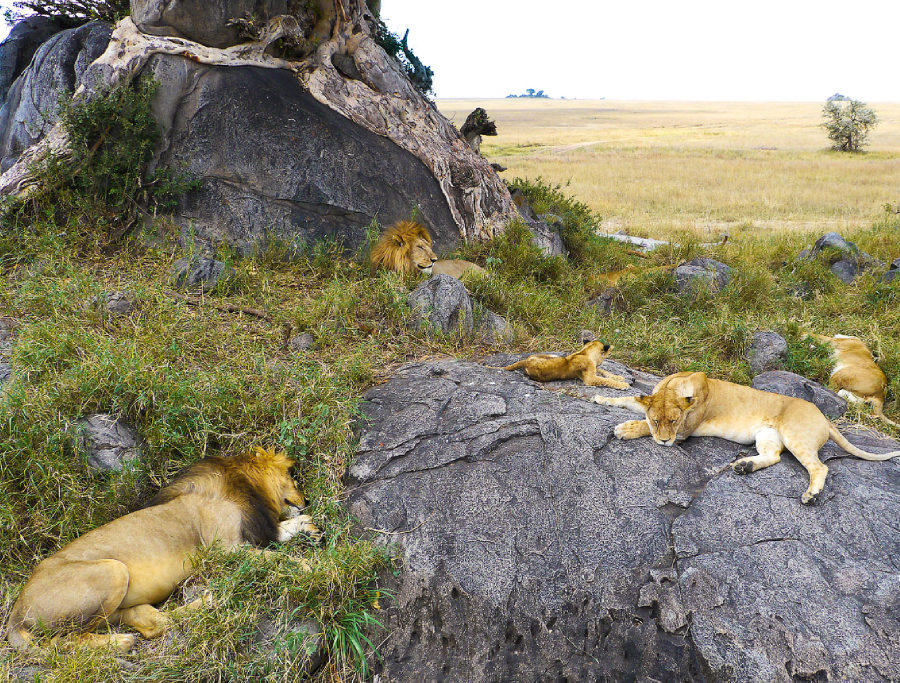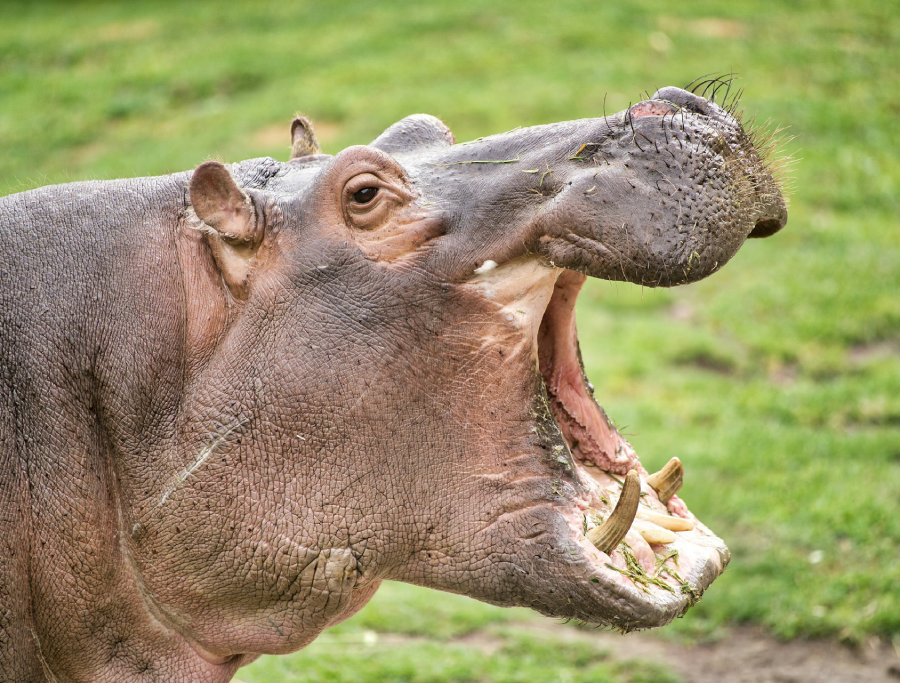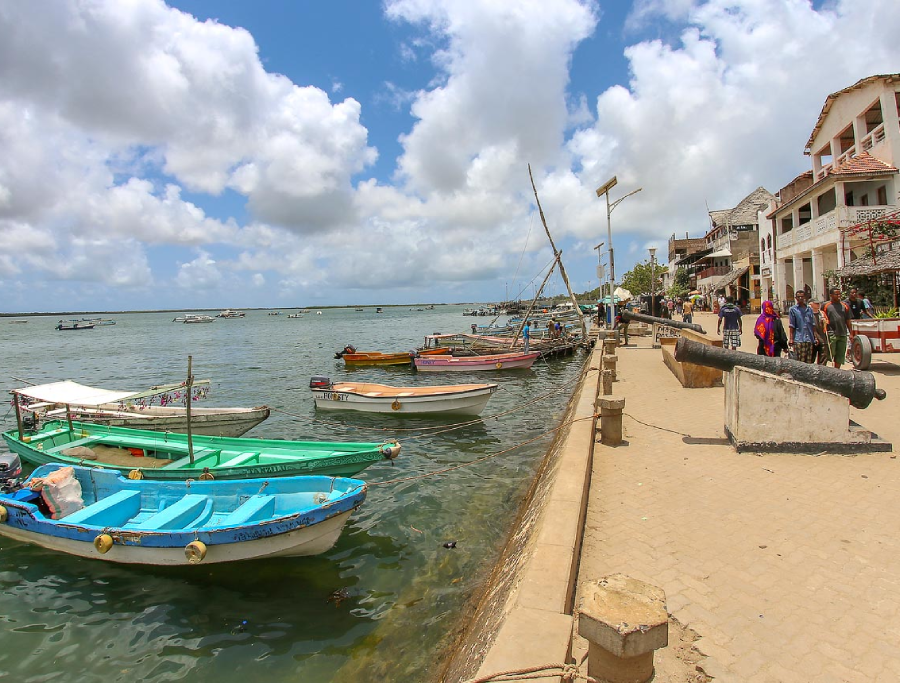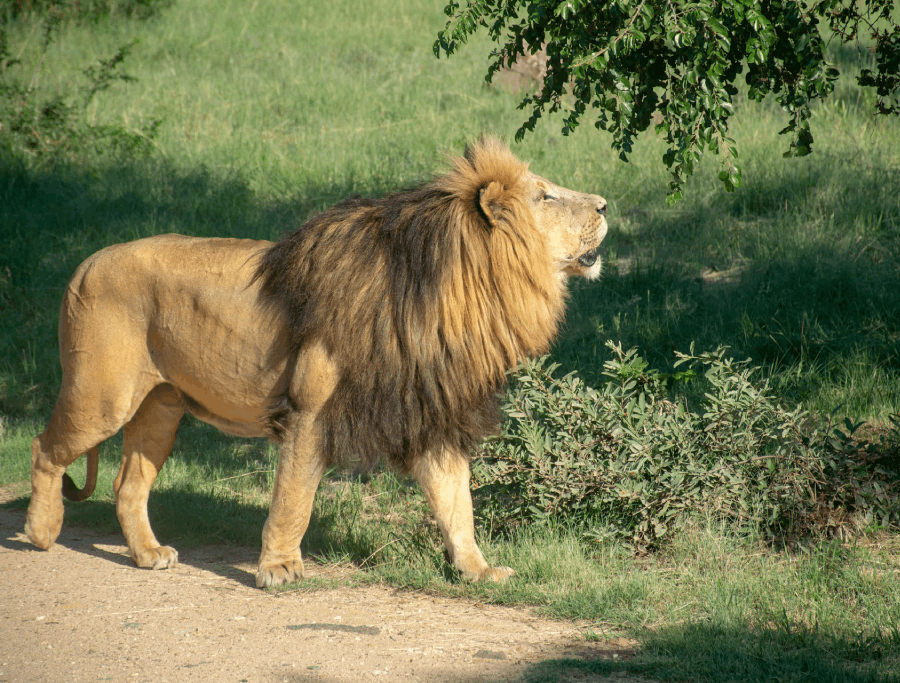African wild dogs – also known as painted dogs due to their exquisitely patterned coats – are among the most effective predators in the world. The mere sight of a pack of wild dogs can instil panic in their prey. They use extraordinary cooperation and teamwork to pursue, overhaul, and bring down their target. An incredible 80% of their hunts end successfully. Embark on our Tanzania Safari and see these creatures in action.
African wild dogs are canines native to sub-Saharan Africa. They are the largest wild canines in Africa, hypercarnivorous, and lack dewclaws. The English language has several names for the African wild dog, including African hunting dog, Cape hunting dog, painted hunting dog, painted dog, painted wolf, and painted lycaon.
The African wild dog, known for its specialized coat colour and diet, excels in chasing prey due to its exceptional running abilities. Its sleek skeleton and lack of the first digit on its forefeet enhance its speed.
Unlike the genus Canis, it is leaner, taller, has large ears, and lacks declaws. Its teeth are distinctly carnassial-shaped, and its premolars are the largest relative to body size among living carnivores, except for the spotted hyena. Its coat is composed entirely of stiff bristle hair, with no underfur.
The African wild dog exhibits strong social bonds and is more robust than lions and spotted hyenas, making solitary living and hunting rare. Pack sizes typically range from four to nine adults. Breeding in East Africa has no fixed season; in Southern Africa, it occurs between April and July. This makes Tanzania & Kenya Safaris an excellent choice for spotting wild dogs.
Diet and altruistic feeding behaviour
Wild dogs will hunt anything from a warthog to a wildebeest, but their preferred prey is medium-sized antelopes such as impala that are no more than twice their weight. Individual dogs will also opportunistically catch and eat smaller animals such as rats, hares, and birds
Where to spot African Wild Dogs in Africa
African Wild Dogs are primarily found in southern and eastern Africa, with rare sightings in North Africa and West Africa. In East Africa, they inhabit savannas and arid regions, avoiding forests due to their need for open hunting areas. They travel through scrubland, woodland, and montane regions. In Ethiopia, they are in the Bale Mountains; in Tanzania, they have been seen on Mount Kilimanjaro and Ruaha National Park. It’s much easier for the latter as they have ample space and fewer human interactions. They reside in Laikipia, Meru National Park, and Samburu, Kenya. Join our wildlife safari that will take you through Samburu and allow you to spot them. In South Africa, they are found in Kruger National Park
Keystone Species as Ecological Architects
Beyond their prowess as hunters, African wild dogs serve as keystone species in their ecosystems. Their regulation of herbivore populations prevents overgrazing and maintains the integrity of vegetation communities.
It also contributes to nutrient cycling, enriching the soil and fostering plant growth. Africa’s wild dogs serve the same essential ecosystem function as their faraway wolf relatives, as architects of healthy, balanced biodiversity.
How do African wild dogs hunt?
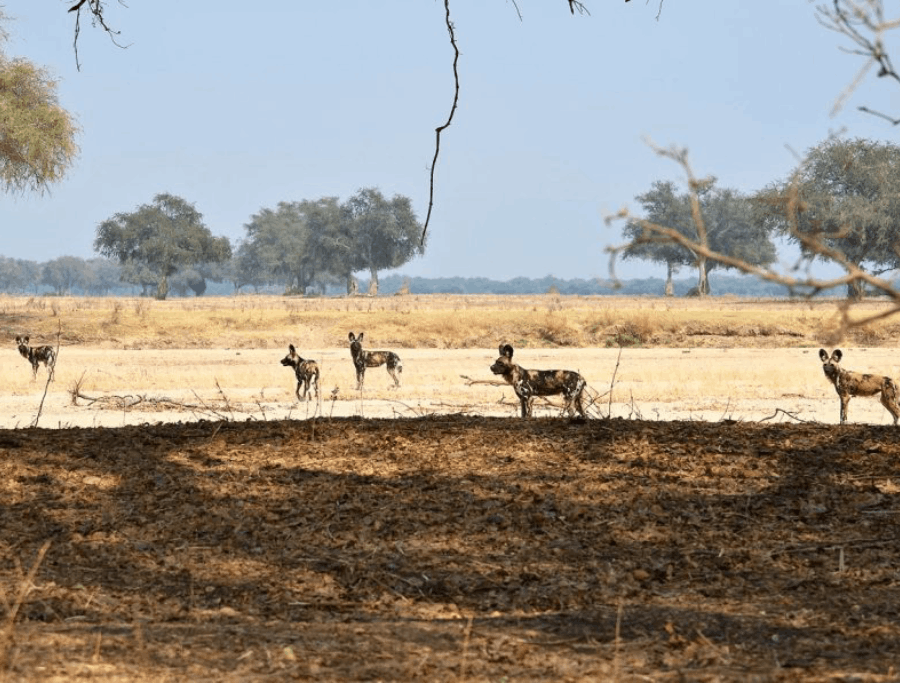
Once painted dogs have singled out their victim, they pursue it relentlessly, like a many-headed hunting machine. Communicating with each other throughout the chase, they take turns to lead.
With their loping stride, unvarying pace, and unswerving focus, wild dogs are meat-seeking missiles locked onto their target. Dappled death, silent and implacable, gaining inexorably on the hindquarters of a hapless antelope.
African wild dogs are notorious for eating their prey alive. Cruel though this sounds, it is a necessity. They have to gulp down a meal as quickly as possible before they are driven off their kill by more powerful predators such as lions or scavenging hyenas.
Cultural significance and enduring symbolism
Highly respected by the ancient Egyptians as symbols of order over chaos, African wild dogs were often depicted on cosmetic palettes from the Predynastic Period. Across the African continent, Indigenous cultures have revered them as symbols of strength, unity, and perseverance.
In traditional folklore, they are frequently depicted as guardians of the land, entrusted with preserving the natural order—an ecological role we now recognize. One prevalent myth portrays these dogs as emissaries of the spirit world, possessing the wisdom to guide lost souls on their journeys to the afterlife.
The Indigenous San people of Botswana (once known as the ‘Bushmen’) see the African wild dog as the embodiment of the ultimate hunter and believe that shamans can shape-shift into painted dogs. San hunters sometimes apply the bodily fluids of wild dogs to their feet in the hopes that they will be granted the dogs’ stamina, agility, and courage.
Their enduring symbolism reflects the deep-seated respect and admiration humans have held for these unique canids over the millennia.
African Wild Dogs Facts
The African Wild Dog is one of the most endangered mammals.
They have an 80% success rate when hunting thanks to their high level of communication.
They generally live up to 11 years in the wild.
They run up to 44mph the same as the greyhound.
They use abandoned underground warthog and porcupine dens to give birth in.
The young ones are given priority over the dominant pack for feeding.
Following a hunt, African Wild dogs will regurgitate meats for any pups in their litter
